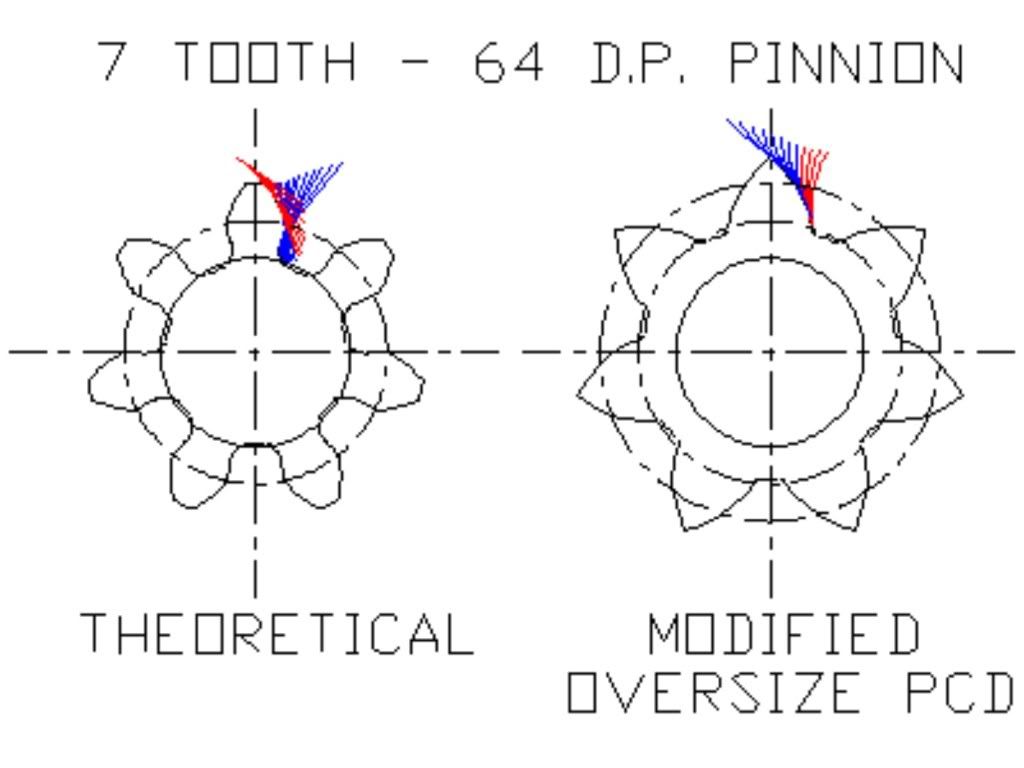Another gear cutting question.
I need to make a couple of small timing gears, a 60 tooth and a 40 tooth. I need to calculate the outside diameter of the gear blank and how deep do I need to cut..
Now, I have found a thread on here that explains all this in great detail and I understand what needs to happen, only thing I can't find the way of calculating this in Metric..!
I have 2 involute gear cutters, both in 0.5 Module, one cutter number 4, 26T to 34T and the other number 2, 55T to 135, so I thing (hope) I got the right ones, now just need to work out the size of the blank and how deep to cut.
Dave
I need to make a couple of small timing gears, a 60 tooth and a 40 tooth. I need to calculate the outside diameter of the gear blank and how deep do I need to cut..
Now, I have found a thread on here that explains all this in great detail and I understand what needs to happen, only thing I can't find the way of calculating this in Metric..!
I have 2 involute gear cutters, both in 0.5 Module, one cutter number 4, 26T to 34T and the other number 2, 55T to 135, so I thing (hope) I got the right ones, now just need to work out the size of the blank and how deep to cut.
Dave







